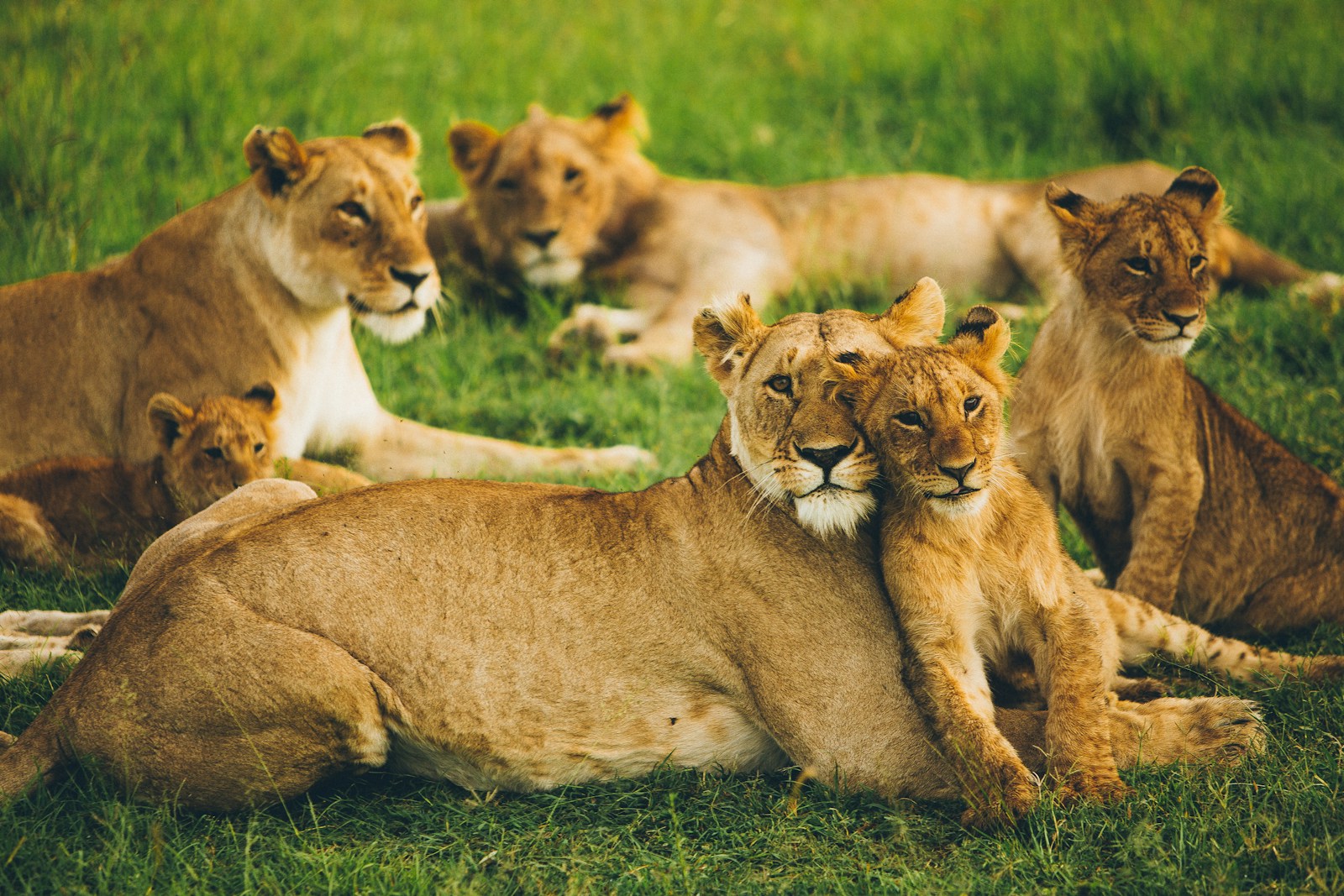The mountain lion – also known as cougar, puma, catamount, or panther – is North America’s largest wildcat and one of its most elusive predators. These magnificent creatures once roamed throughout the United States, but habitat loss and hunting have significantly reduced their range over the past two centuries. Despite facing numerous challenges, mountain lions continue to navigate America’s diverse landscapes, from dense forests to arid deserts, primarily avoiding human contact while playing a crucial role in maintaining ecosystem balance. Understanding where these apex predators live and how to safely coexist with them is essential for both human safety and conservation efforts aimed at protecting these remarkable animals for future generations.
The Mountain Lion’s Current Range in the United States
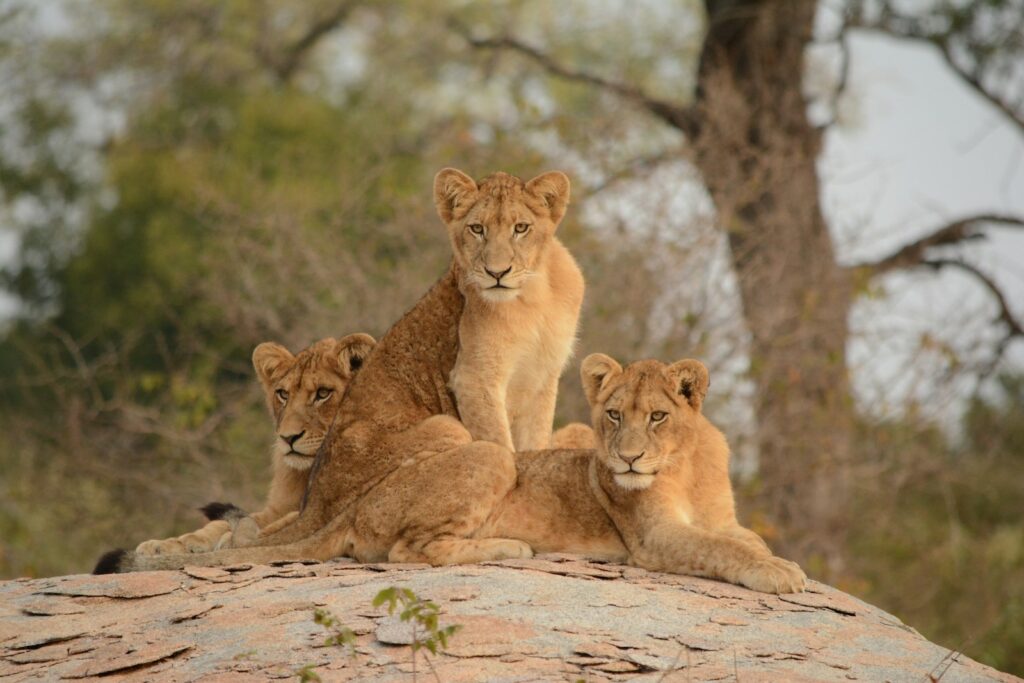
Mountain lions maintain established populations primarily in the western United States, with their strongest presence in the Rocky Mountains, Sierra Nevada, Cascades, and coastal mountain ranges from California to Washington. States including Colorado, Utah, Idaho, Montana, Arizona, Nevada, Oregon, Washington, and California host substantial mountain lion populations. Florida is home to the endangered Florida panther, a subspecies of mountain lion with fewer than 200 individuals remaining in the wild. While official populations aren’t established in most eastern states, occasional confirmed sightings in midwestern and eastern regions suggest these cats may be slowly reclaiming portions of their historical range. Their ability to travel vast distances – up to 1,000 miles during dispersal – means individual mountain lions occasionally appear in unexpected locations well outside established population zones.
Mountain Lion Habitat Preferences
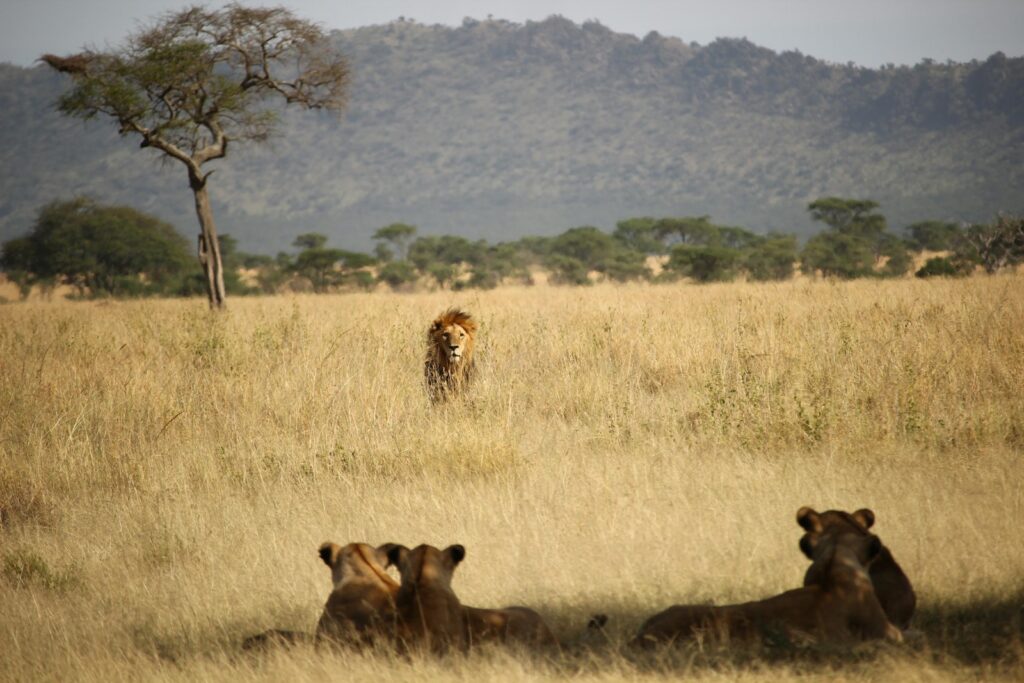
Mountain lions demonstrate remarkable adaptability across diverse habitats, though they typically favor rugged, mountainous terrain with adequate cover. These predators thrive in environments ranging from coniferous forests and tropical swamps to desert canyons, depending on the region they inhabit. Their habitat selection is strongly influenced by two primary factors: sufficient cover for stalking prey and hunting, and abundant prey populations, particularly deer, which constitute the bulk of their diet. Mountain lions require large territories, with males claiming ranges of up to 200 square miles and females typically maintaining smaller territories of 50-100 square miles. Their preference for remote areas with minimal human disturbance helps explain why these cats often inhabit wilderness regions and protected lands, though they occasionally adapt to living in proximity to human development when adequate cover and prey exist.
Population Status and Conservation Challenges
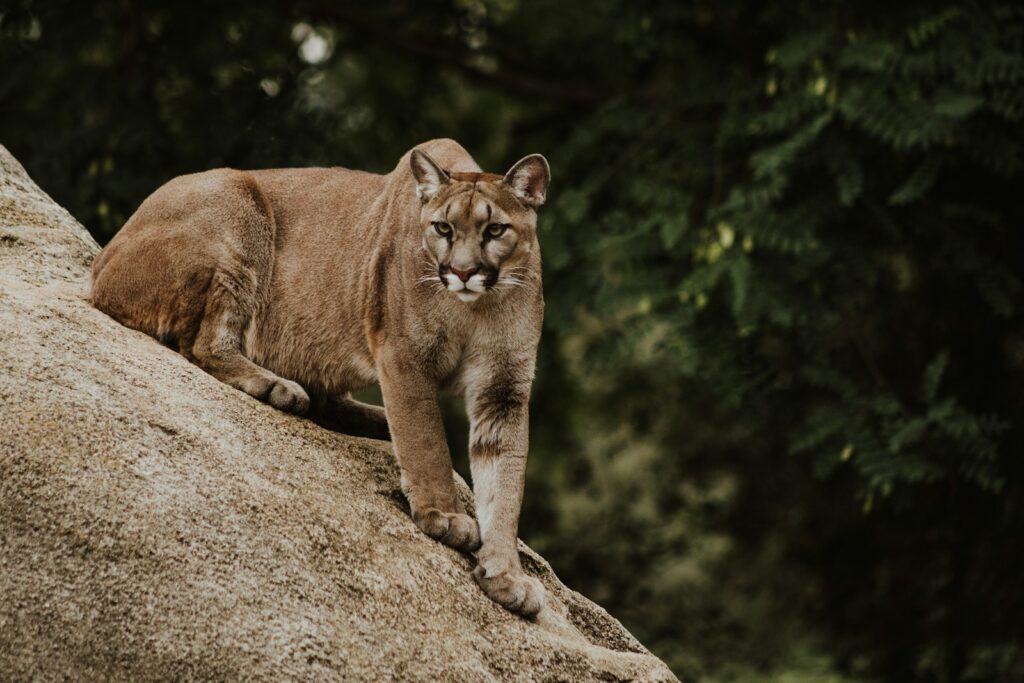
Mountain lion populations face varied challenges across the United States, with conservation status differing significantly by region. Western states generally maintain stable or even increasing populations, with estimates suggesting approximately 30,000 mountain lions inhabit the western United States. The Florida panther remains critically endangered with fewer than 200 individuals, though recovery efforts have helped increase their numbers from fewer than 30 cats in the 1990s. Habitat fragmentation represents one of the most significant threats to mountain lion populations, as expanding human development and transportation networks divide their territories and create dangerous barriers to movement. Additional conservation challenges include human-wildlife conflict, hunting pressure, and genetic isolation of smaller populations. Several states have implemented management plans to balance conservation with public safety concerns, though approaches vary widely from strict protection to regulated hunting seasons.
Mountain Lion Behavior and Biology
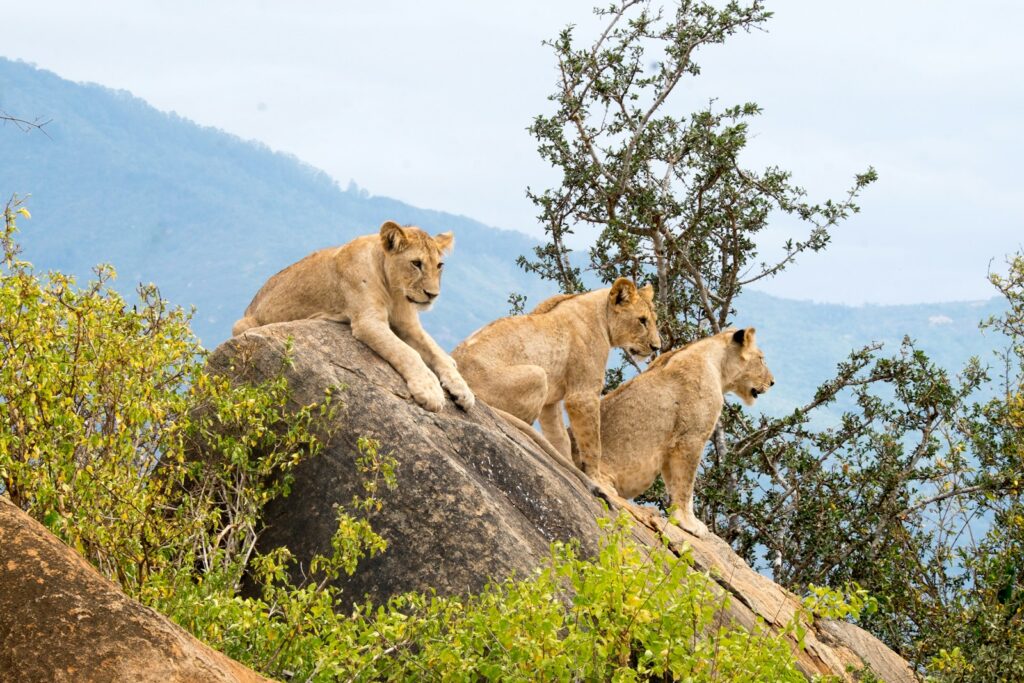
Mountain lions are primarily solitary animals that come together only during breeding seasons or when females are raising cubs. These powerful predators can reach sizes of 6-8 feet in length (including tail) and weigh between 80-180 pounds, with males typically larger than females. Their remarkable physical capabilities include the ability to leap 15 feet vertically and 40 feet horizontally, run at speeds up to 50 mph for short distances, and move with exceptional stealth through varied terrain. Mountain lions are crepuscular hunters, most active at dawn and dusk, though they may hunt at any time. Their hunting strategy relies on stalking prey from cover before launching a powerful, often lethal ambush attack. These adaptable predators play a crucial ecological role by regulating prey populations and maintaining ecosystem health throughout their range.
Recognizing Mountain Lion Signs in the Wild
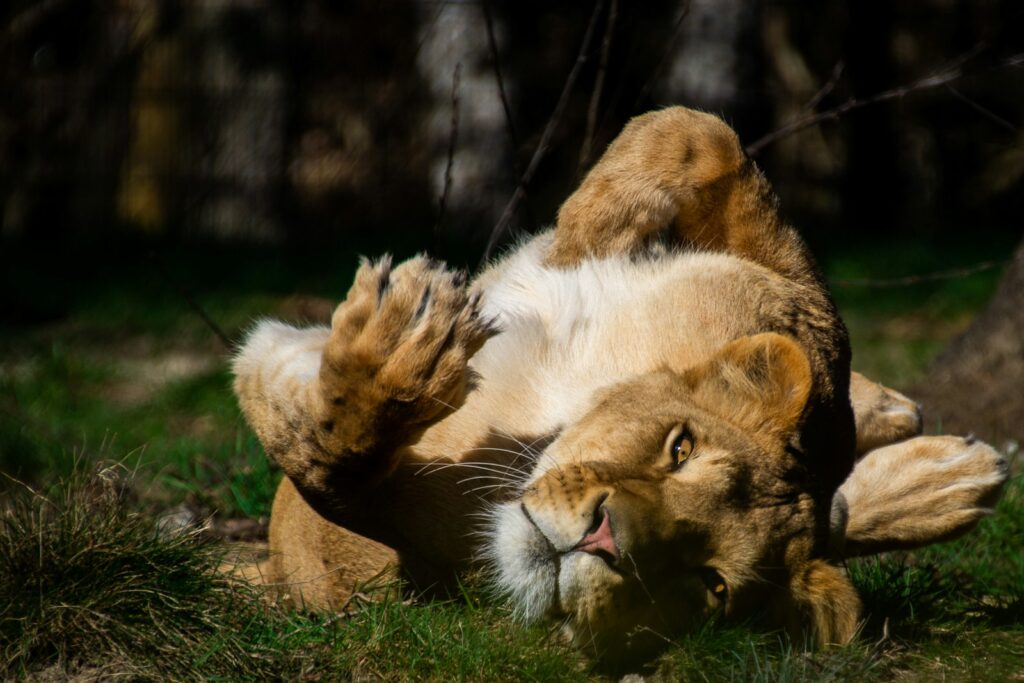
Correctly identifying mountain lion signs can help outdoor enthusiasts assess if these predators frequent an area. Tracks are one of the most reliable indicators—mountain lion prints typically measure 3-4 inches wide, show four toes without claw marks (as cats retract their claws when walking), and display an asymmetrical, three-lobed heel pad with two indentations at the rear. Mountain lion scat often contains hair, bone fragments, and has a segmented appearance with blunt ends, distinguishing it from other predator droppings. These cats frequently create “scrapes” – small piles of debris and soil that they mark with urine or scat as territorial signposts. Other evidence may include prey carcasses covered with leaves and debris (mountain lions often cache larger kills), claw marks on trees, or occasional vocalizations that range from chirps and whistles to their famous screaming call. Fresh signs warrant increased vigilance, particularly in known mountain lion habitat.
Why Mountain Lion Encounters Are Extremely Rare
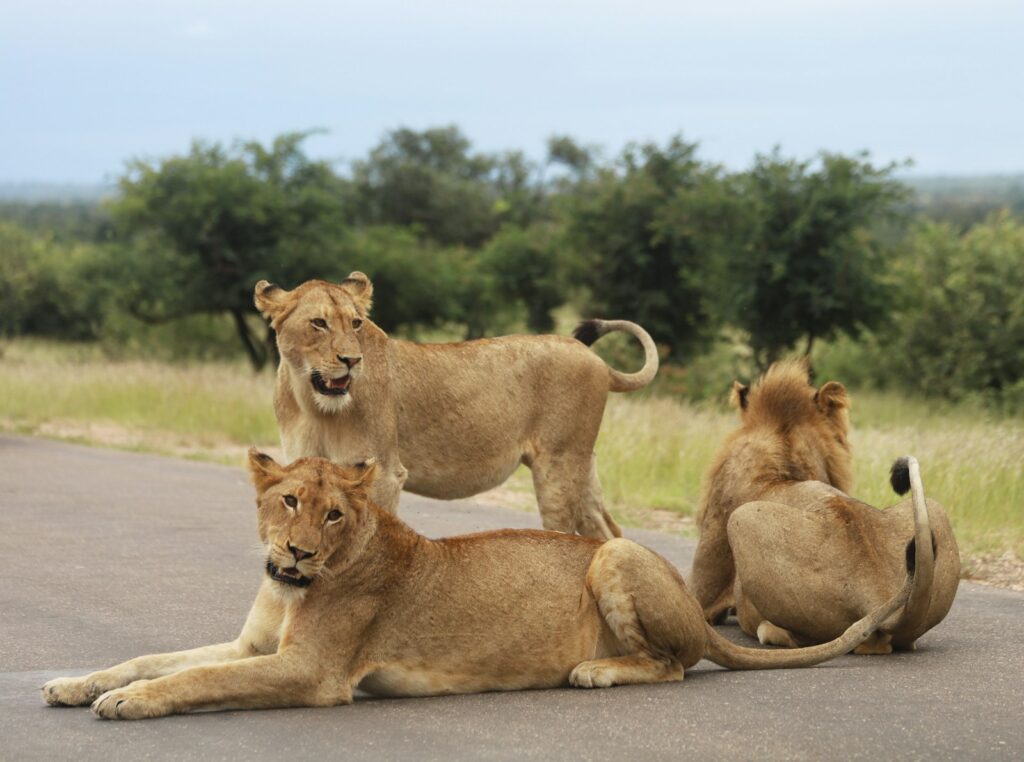
Despite inhabiting areas frequently used by humans for recreation, mountain lion encounters remain exceptionally uncommon due to these animals’ naturally secretive nature. Mountain lions have evolved to be extraordinarily elusive predators, with keen senses that typically alert them to human presence long before people become aware of them. These cats generally display strong avoidance behavior toward humans, often choosing to remain hidden or quietly move away when people enter their vicinity. Statistical evidence supports this avoidant behavior – millions of people hike, camp, and recreate in mountain lion habitat each year, yet confirmed sightings remain rare and attacks exceedingly uncommon, with fewer than 30 fatal attacks recorded across North America in over 100 years. Their primarily nocturnal and crepuscular activity patterns further reduce overlap with human recreational periods, contributing to the rarity of encounters despite sharing substantial territory with human populations.
Essential Safety Practices in Mountain Lion Country
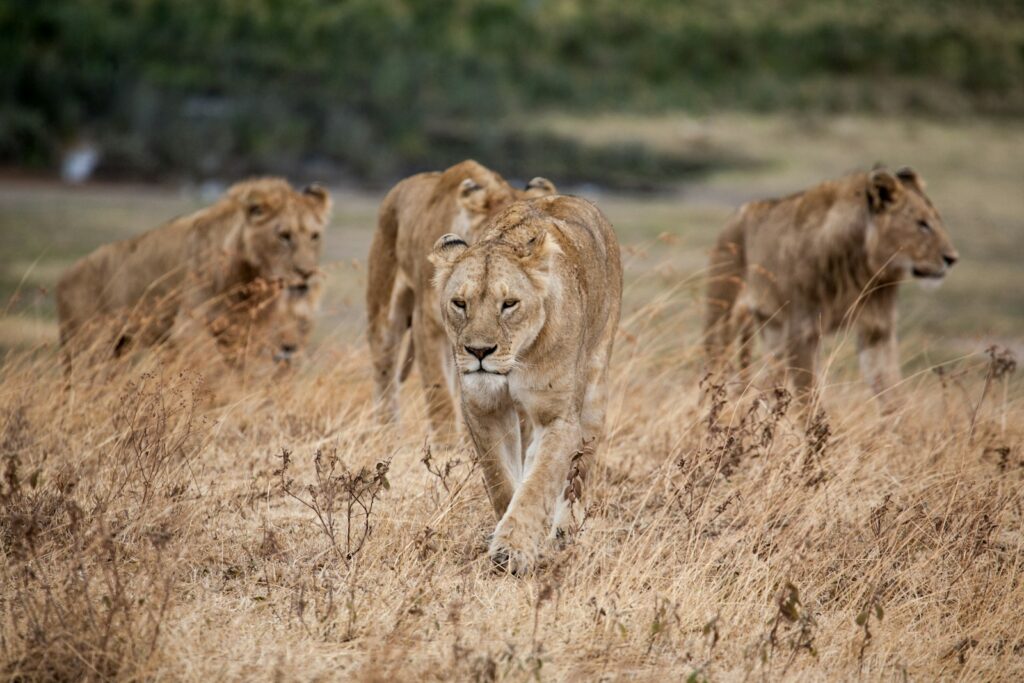
Adopting proactive safety measures significantly reduces the already minimal risk of problematic mountain lion encounters. When hiking or recreating in mountain lion habitat, travel in groups whenever possible, as mountain lions are more likely to avoid multiple people. Keep children close and under direct supervision, as their smaller size and unpredictable movements may trigger predatory responses. Make noise while traveling to avoid surprising a lion, especially around blind corners, dense vegetation, or along streams where your sounds might otherwise be masked. Dawn and dusk represent peak hunting times for mountain lions, so exercising extra caution during these periods is advisable. Always thoroughly scan your surroundings, particularly areas providing potential ambush cover – mountain lions typically approach from elevated positions or dense brush. Perhaps most importantly, stay alert and minimize distractions like headphones that could prevent you from noticing wildlife activity nearby.
What to Do If You Encounter a Mountain Lion
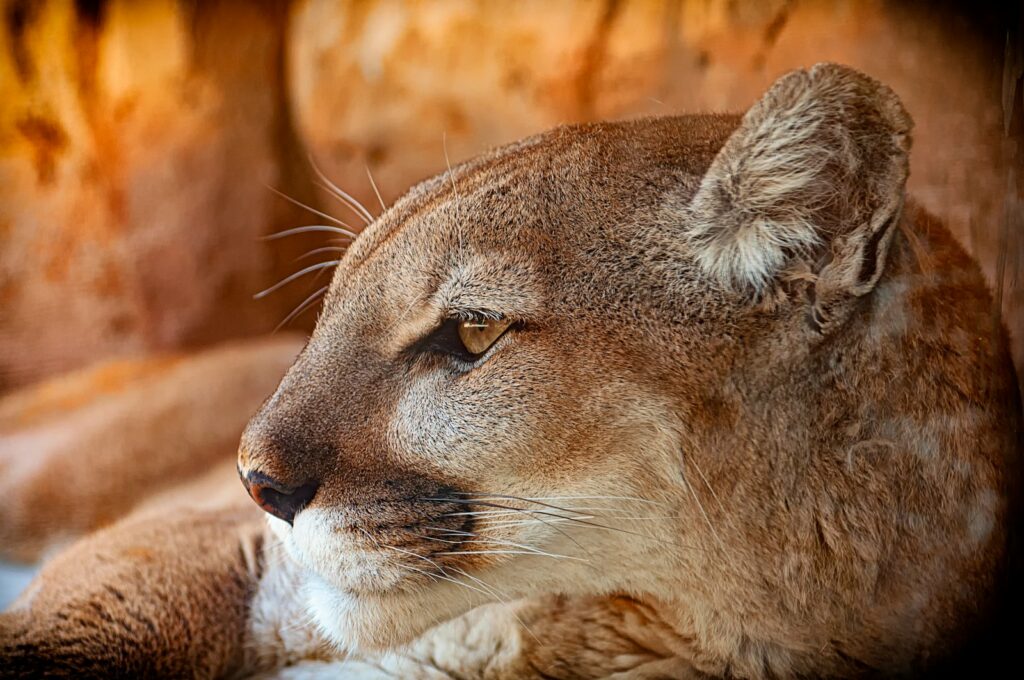
If you encounter a mountain lion, maintaining composure and following established guidelines significantly increases safety. Never run from a mountain lion, as this can trigger a chase response – instead, stand your ground, face the animal directly, and maintain eye contact to demonstrate you are not prey. Make yourself appear larger by raising your arms, opening your jacket wide, or holding items like backpacks above your head to increase your apparent size. Speaking firmly in a loud, authoritative voice can help dissuade the cat from approaching closer. If you have small children, immediately pick them up without bending or crouching, which could resemble prey posture. Should the mountain lion approach, escalate your deterrent actions by throwing objects (without bending down), making loud noises, or using deterrent spray if available. In the extraordinarily rare case of an attack, fight back vigorously using whatever means available, targeting sensitive areas like the eyes and nose.
Protecting Your Home in Mountain Lion Territory
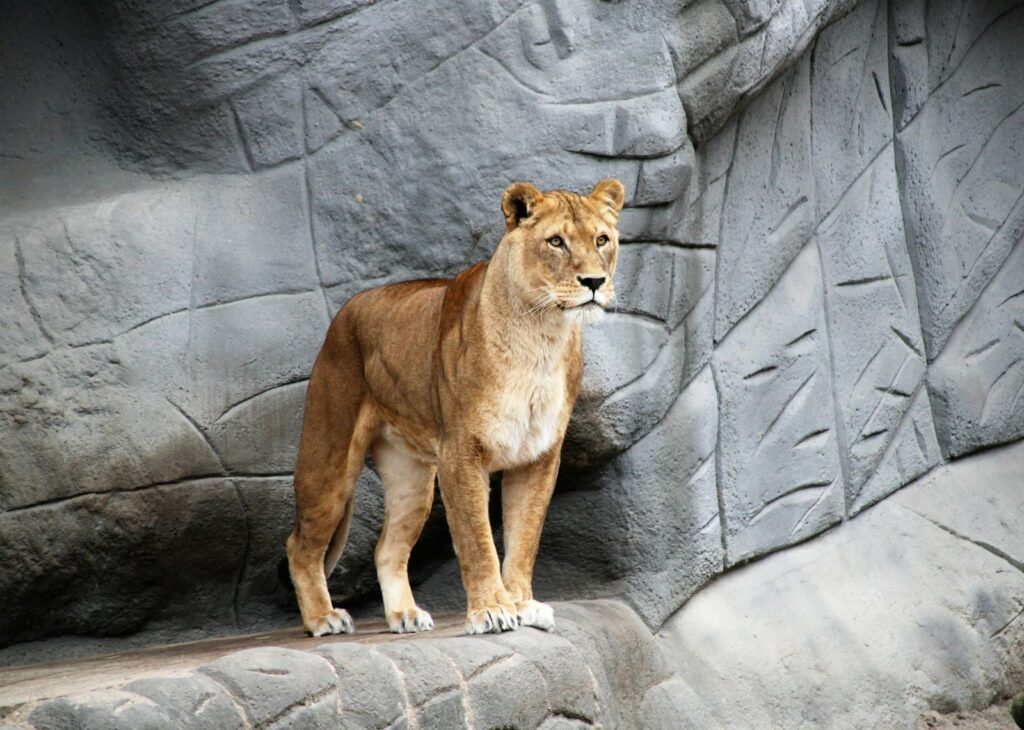
Residents living in mountain lion habitat can implement several strategies to minimize attracting these predators to their property. Landscaping choices play a crucial role – remove dense vegetation near homes that could provide hiding spots, install outdoor lighting to eliminate dark areas, and consider motion-activated deterrents like sprinklers or lights. Securing potential prey animals is essential, including keeping pets indoors at night and housing livestock in secure, predator-proof enclosures, particularly from dusk until dawn when mountain lions are most active. Never feed deer or other wildlife that might attract mountain lions as secondary prey. If children use outdoor play areas, keep these spaces open and visible, away from potential cover a predator might use. Should you discover a mountain lion on your property, report the sighting to local wildlife authorities who can assess whether intervention is necessary, particularly if the animal displays unusual behavior or appears habituated to human presence.
Mountain Lion Attacks: Separating Fact from Fiction
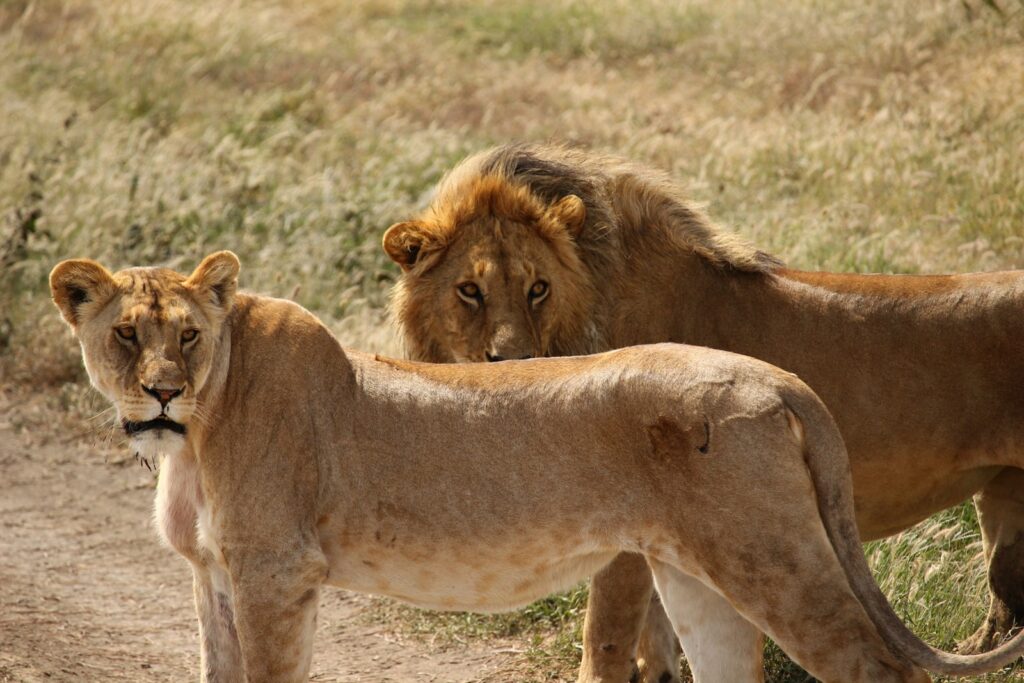
Mountain lion attacks on humans remain extraordinarily rare despite sensationalized media coverage that can distort public perception of the actual risk. Statistical evidence demonstrates the rarity of these incidents – fewer than 30 fatal attacks have occurred across North America in the past 125 years, averaging less than one fatal attack every four years across the continent. By comparison, domestic dogs kill approximately 30-50 people annually in the United States alone. Most documented attacks involve unusual circumstances, such as lions that are sick, injured, or habituated to humans, or involve people exhibiting high-risk behaviors like running or hiking alone. Understanding the context of attacks helps place the minimal risk in proper perspective – you are statistically more likely to be struck by lightning, killed by a bee sting, or die in a car accident on the way to a trailhead than to experience a mountain lion attack. This statistical reality contrasts sharply with the disproportionate fear these animals often generate.
The Florida Panther: A Special Conservation Case

The Florida panther represents a unique conservation challenge as the only breeding mountain lion population east of the Mississippi River. This critically endangered subspecies once ranged throughout the southeastern United States but now occupies less than 5% of its historical territory, primarily in southwest Florida’s swamps and forests. Population numbers have increased from fewer than 30 individuals in the 1990s to an estimated 120-230 today, thanks to intensive conservation efforts. Genetic restoration through the introduction of female Texas mountain lions in the 1990s helped address inbreeding concerns that had caused serious health issues. Despite recovery progress, Florida panthers face substantial challenges including habitat loss from Florida’s rapid development, road mortality (their leading cause of death), and potential human conflict as their range expands. Conservation strategies include habitat protection, wildlife underpasses that dramatically reduce road deaths, and public education to increase acceptance of these rare cats as they recover from the brink of extinction.
The Ecological Importance of Mountain Lions
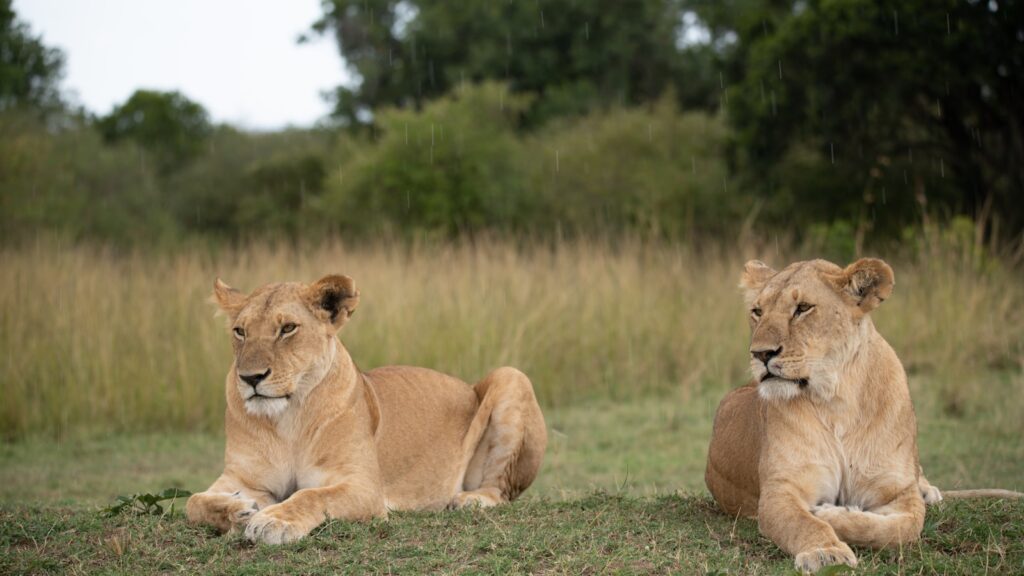
Mountain lions fulfill a vital ecological role as apex predators that maintain balance throughout the ecosystems they inhabit. Their predation on deer and other herbivores prevents overgrazing, protecting plant diversity and forest regeneration in ways that benefit countless other species. Research in areas where mountain lions have been eliminated shows significant ecological cascades – deer populations explode, vegetation patterns change dramatically, and biodiversity decreases across multiple trophic levels. These cats also influence prey behavior through the “ecology of fear,” causing herbivores to avoid certain areas and prevent overgrazing of vulnerable habitats. Mountain lions further benefit ecosystems by controlling mesopredator populations (like coyotes and raccoons) that might otherwise become overabundant and threaten smaller species. Their kills provide critical food sources for scavengers ranging from ravens to beetles, while their movements help maintain connectivity between different habitats. This ecological significance extends beyond wildlife to human interests, as balanced ecosystems provide numerous services including water quality protection and enhanced resilience to environmental changes.
The Future of Mountain Lions in a Changing America
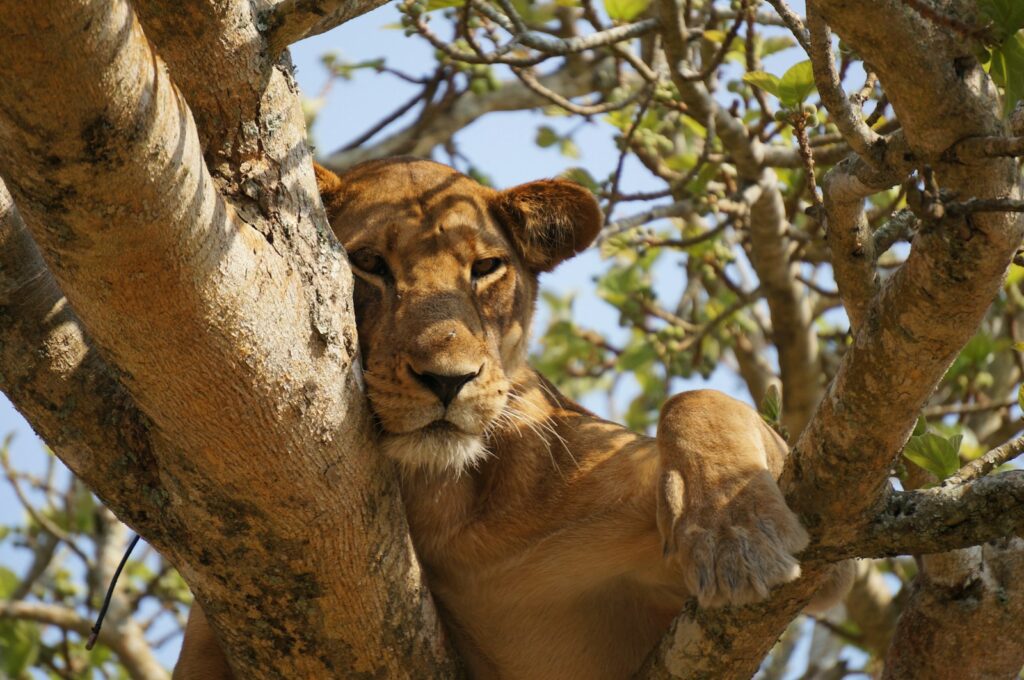
The future of mountain lions in the United States hinges on our ability to address several interconnected challenges affecting these remarkable predators. Habitat fragmentation represents perhaps the most significant threat, as expanding human development and transportation networks increasingly isolate populations and block traditional movement corridors that mountain lions have used for millennia. Climate change introduces additional uncertainties, potentially shifting prey distribution patterns and affecting habitat suitability across large portions of their range. Public attitudes toward large predators continue evolving, with growing recognition of their ecological importance competing against persistent misconceptions and fears. Conservation success ultimately requires a multifaceted approach combining habitat protection, wildlife corridors, conflict reduction strategies, and public education to foster coexistence. Several promising developments suggest positive momentum, including the construction of massive wildlife crossings over major highways, increasing use of non-lethal conflict management techniques, and growing public fascination with these charismatic predators. With continued commitment to science-based management and public engagement, mountain lions can maintain their rightful place in America’s natural heritage.
Mountain lions represent one of America’s most magnificent and misunderstood predators, silently navigating the landscape while playing a crucial role in maintaining healthy ecosystems. Though naturally secretive and overwhelmingly non-threatening to humans, these adaptable cats require our understanding and respect as we share their territory. By learning to recognize their signs, practicing appropriate safety measures, and appreciating their ecological significance, we can minimize the already minimal risks while supporting conservation efforts that ensure mountain lions remain part of America’s wild landscapes for generations to come. With continued research, education, and commitment to coexistence, both mountain lions and humans can thrive across the varied landscapes we share.

